Table of content
- 1 Equipment Essentials
- 2 Meat Selection and Preparation
- 1 Preheating the Wok
- 2 Cooking the Meat
- 3 Aromatics and Vegetables
- 4 Combining and Seasoning
- 1 Velveting: The Secret to Silken Meat
- 2 Wok Hei: The Breath of the Wok
- 3 Combining Meats and Proteins
- 1 Spicy Beef with Broccoli
- 2 Ginger Scallion Pork Stir-Fry
- 3 Kung Pao Chicken
Introduction
Stir-frying is a cornerstone of culinary traditions across Asia, prized for its ability to transform simple ingredients into vibrant, flavorful dishes in minutes. At its heart, the technique hinges on precision, speed, and an understanding of how heat interacts with meat and vegetables. Whether you’re a novice cook or a seasoned home chef, mastering the art of stir-frying meat can elevate your meals, offering a balance of tender textures, bold flavors, and nutritional richness. This article delves into the science and creativity behind stir-frying meat, exploring everything from ingredient selection to advanced techniques like velveting and wok hei. By the end, you’ll have the tools to create restaurant-quality stir-fries in your own kitchen.
The Foundations of Stir-Frying Meat
1 Equipment Essentials
A stir-fry’s success begins with the right tools. While a carbon-steel wok is traditional, a large, heavy-bottomed skillet (12–14 inches) works equally well for most home stoves. The key is even heat distribution and high sides to contain splatters. Invest in a long-handled spatula or wok ladle to toss ingredients without losing heat. A sharp knife and sturdy cutting board are non-negotiable for slicing meat and vegetables uniformly, ensuring even cooking.
2 Meat Selection and Preparation
The best meats for stir-frying are tender cuts with minimal connective tissue, such as flank steak, pork tenderloin, chicken breast, or shrimp. For beef, options like sirloin or ribeye offer a rich flavor, while pork shoulder becomes meltingly tender when sliced thinly. Chicken thighs, with their higher fat content, remain juicier than breast meat when cooked quickly.

Slicing Technique: Always cut meat against the grain to shorten muscle fibers, preventing chewiness. For example, flank steak’s long fibers should be sliced into thin, 2-inch strips perpendicular to the grain. Partially freezing the meat (15–30 minutes) firms it up for easier slicing.
Marinating Magic: Marinades do more than add flavor—they tenderize. A classic Chinese marinade includes soy sauce, rice wine (Shaoxing), cornstarch, and a touch of baking soda (for beef). The cornstarch creates a protective coating, sealing in juices, while baking soda raises the meat’s pH, breaking down proteins for tenderness. Marinate for 15–30 minutes; over-marinating can make meat mushy.
The Stir-Frying Process: Step by Step
1 Preheating the Wok
A properly heated wok is non-negotiable. Set your stove to high heat and let the wok preheat until it’s smoking hot—this sears meat quickly, locking in moisture. Add 1–2 tablespoons of oil (peanut, vegetable, or avocado oil for high smoke points) and swirl to coat the surface.
2 Cooking the Meat
Add the meat in a single layer, avoiding overcrowding (which steams instead of sears). Let it cook undisturbed for 30 seconds to develop a golden crust, then stir-fry for 2–3 minutes until 80% cooked. Overcooking at this stage dries out the meat. Remove and set aside.
3 Aromatics and Vegetables
Reduce heat to medium-high and add aromatics like garlic, ginger, or scallions. Sauté briefly until fragrant (30 seconds), then toss in vegetables. Start with denser veggies (carrots, bell peppers) and add quicker-cooking ones (snap peas, spinach) later. Stir-fry until crisp-tender, 2–4 minutes.
4 Combining and Seasoning
Return the meat to the wok. Add your sauce (see Section 4 for recipes) and toss vigorously to coat. The sauce should thicken slightly from the cornstarch in the marinade. For a glossy finish, drizzle with sesame oil or a pat of butter before serving.
Advanced Techniques for Perfect Stir-Fries
1 Velveting: The Secret to Silken Meat
Velveting, a Chinese technique, involves marinating meat in a mixture of egg white, cornstarch, and oil, then blanching it in simmering water or oil before stir-frying. This double-cooking method ensures unparalleled tenderness.
How-to:
- Marinate meat in 1 tbsp soy sauce, 1 tbsp cornstarch, 1 egg white, and 1 tsp oil.
- Blanch in batches in simmering water for 1–2 minutes until opaque.
- Drain and stir-fry as usual.
2 Wok Hei: The Breath of the Wok
Wok hei, or “wok energy,” refers to the smoky, charred flavor imparted by a super-heated wok. Achieving it requires high heat and tossing ingredients rapidly to avoid burning. While challenging on electric stoves, you can approximate it by preheating the wok until smoking and cooking in short, intense bursts.
3 Combining Meats and Proteins
For complex flavors, pair meats with contrasting textures. Thinly sliced beef with crispy bacon bits, or shrimp with tender chicken creates depth. Cook each protein separately to avoid overcrowding, then combine at the end.
Classic Stir-Fry Recipes to Master
1 Spicy Beef with Broccoli
Ingredients:

- 8 oz flank steak, sliced
- 2 cups broccoli florets
- 3 garlic cloves, minced
- 1 tbsp ginger, grated
- 2 tbsp soy sauce
- 1 tbsp oyster sauce
- 1 tsp chili paste
- 1 tsp cornstarch
- 1/4 cup beef broth
Instructions:
- Marinate beef in 1 tbsp soy sauce, 1 tsp cornstarch, and 1 tsp oil.
- Blanch broccoli in boiling water for 2 minutes; drain.
- Stir-fry beef until browned; set aside.
- Sauté garlic and ginger, add broccoli, and toss.
- Return beef, add broth, oyster sauce, and chili paste. Thicken with cornstarch slurry.
2 Ginger Scallion Pork Stir-Fry
Ingredients:
- 10 oz pork tenderloin, thinly sliced
- 3 tbsp fresh ginger, julienned
- 1 bunch scallions, cut into 2-inch segments
- 2 tbsp Shaoxing wine
- 1 tbsp soy sauce
- 1 tsp sugar
- 1/4 cup chicken broth
Instructions:
- Marinate pork in 1 tbsp soy sauce, 1 tsp cornstarch.
- Stir-fry pork until cooked; remove.
- Sauté ginger until golden, add scallions, and toss.
- Return pork, add wine, broth, and sugar. Simmer until glossy.
3 Kung Pao Chicken
Ingredients:
- 1 lb chicken breast, diced
- 1/4 cup roasted peanuts
- 6 dried red chilies
- 2 tbsp Sichuan peppercorns
- 3 tbsp black vinegar
- 1 tbsp hoisin sauce
- 1 tbsp sugar
Instructions:
- Marinate chicken in 1 tbsp soy sauce, 1 tsp cornstarch.
- Stir-fry chicken until golden; remove.
- Toast peppercorns and chilies briefly; add garlic and ginger.
- Return chicken, add peanuts, vinegar, hoisin, and sugar. Toss until sticky.
Troubleshooting Common Issues
- Tough Meat: Overcooking or incorrect slicing. Always slice against the grain and cook to 145°F (medium-rare for beef).
- Soggy Vegetables: Overcrowding the pan. Cook veggies in batches if needed.
- Bland Flavor: Under-seasoning. Taste and adjust sauce with salt, sugar, or acid (lime juice) at the end.
- Burnt Sauce: High heat without stirring. Keep ingredients moving and reduce heat if scorching.
Healthier Stir-Fry Adaptations
- Lean Proteins: Use chicken breast, turkey, or tofu.
- Lower Sodium: Substitute soy sauce with coconut aminos or reduced-sodium tamari.
- More Veggies: Double the vegetable portion and use less meat.
- Oil-Free Option: Use a nonstick pan and a splash of broth for stir-frying.
Pairing Stir-Fries with Grains and Sides
A perfect stir-fry deserves the right accompaniment. Serve over jasmine rice, brown rice, or quinoa. For a low-carb option, try shirataki noodles or cauliflower rice. Add a side of steamed dumplings or pickled vegetables for a complete meal.
The Cultural Significance of Stir-Frying
Stir-frying is more than a cooking method—it’s a reflection of resourcefulness and balance. Born from the need to cook quickly over wood-fired stoves, it embodies the philosophy of hao chi bu dan (“good food doesn’t require fancy ingredients”). In modern kitchens, it bridges tradition and innovation, allowing cooks to honor heritage while experimenting with global flavors.
Conclusion: The Joy of the Wok
Stir-frying meat is a dance of fire, timing, and intuition. With practice, you’ll learn to gauge heat by the wok’s sizzle, adjust seasonings instinctively, and transform humble ingredients into dishes that sing with umami. Whether you’re recreating a childhood favorite or inventing a new fusion recipe, the wok rewards curiosity. So heat your pan, sharpen your knife, and let the sizzle begin. Your journey to stir-fry mastery starts now.
Final Tip: Clean your wok immediately after cooking to prevent rust. Wipe with oil to maintain seasoning—a well-cared-for wok only gets better with age.
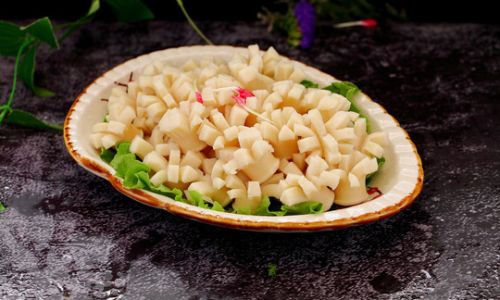
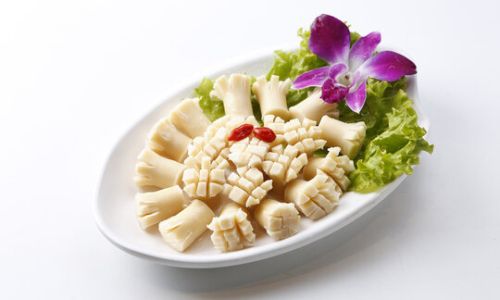
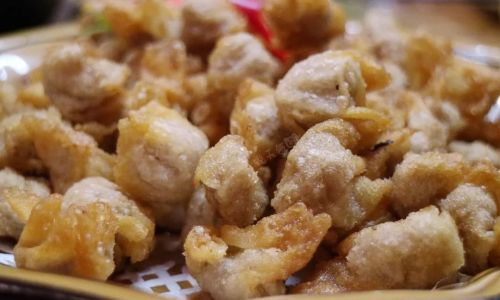

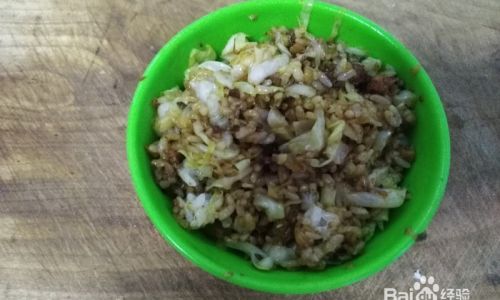
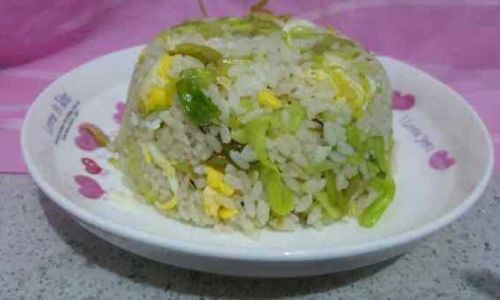
0 comments